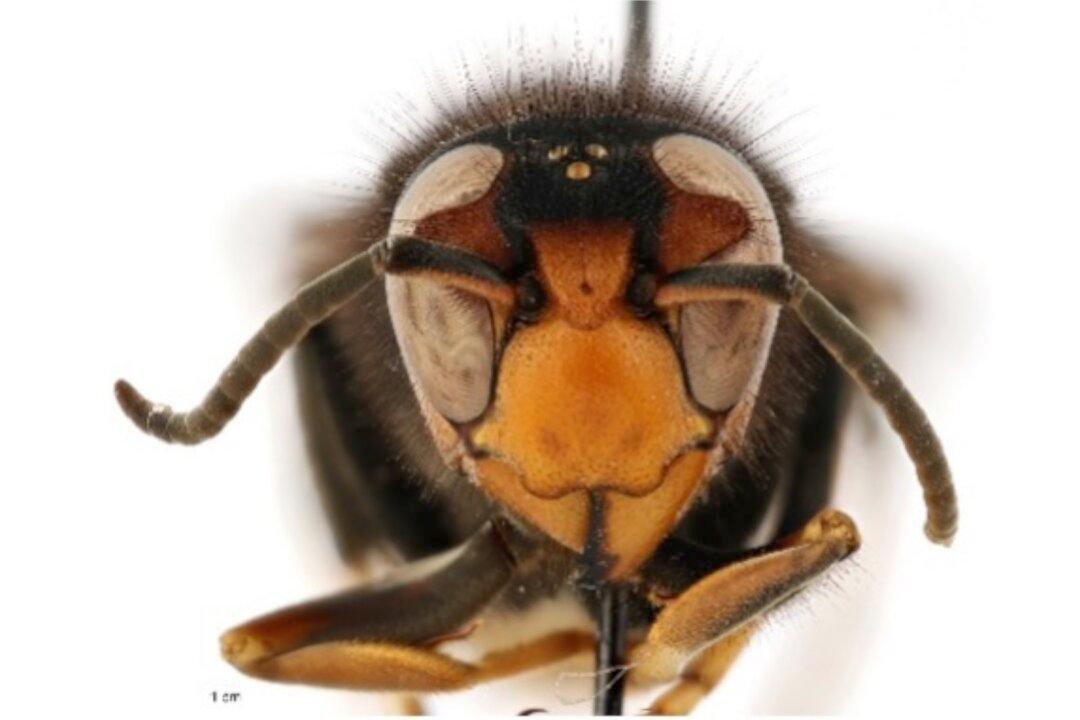Scientists from the Georgia Department of Agriculture (GDA) said they’ve detected a live specimen of an invasive yellow-legged hornet species for the very first time in the United States.
The agency, in coordination with the U.S. Department of Agriculture (USDA) and the University of Georgia (UGA), announced in a press release on Aug. 15 that a beekeeper in Savannah, Georgia spotted an unusual-looking hornet on his property earlier this month and reported it to the GDA, which identified the insect on Aug. 9 as a yellow-legged hornet.





